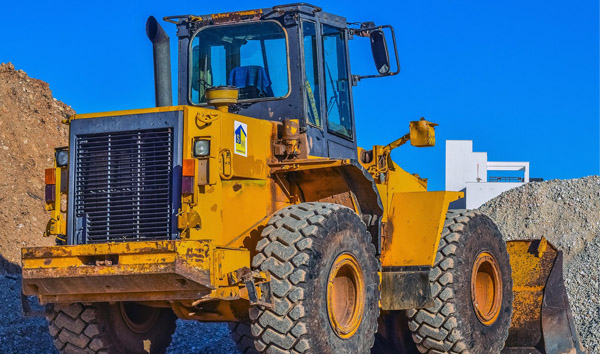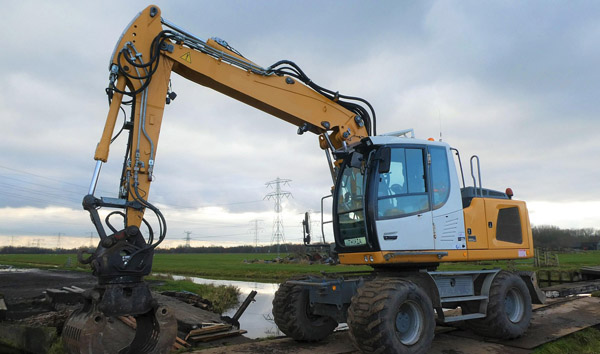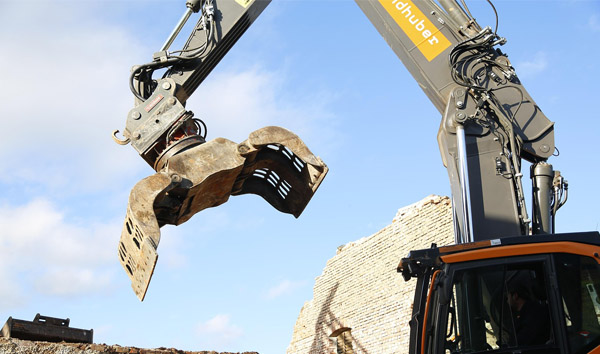Battle-Ready: The Evolution of Rough Terrain Forklifts for Military Operations
2025-07-08 04:50:32
The demand for rugged, high-performance Rough Terrain Forklifts in military applications has surged, driven by the need for logistics efficiency in challenging environments. This report examines the latest advancements, operational capabilities, and industry data supporting their deployment in defense sectors.
### H1: The Critical Role of Rough Terrain Forklifts in Military Logistics Military operations often unfold in unpredictable environments—deserts, jungles, or war-torn urban landscapes. Standard forklifts falter in such conditions, but rough terrain forklifts excel due to their reinforced chassis, all-terrain tires, and enhanced stability systems. According to a 2023 report by *Global Defense Logistics*, over 65% of modern armed forces now integrate rough terrain forklifts into their supply chains, reducing downtime by 40% compared to conventional models.
### H2: Design Innovations for Extreme Conditions Modern rough terrain forklifts for military use incorporate cutting-edge features: - Heavy-Duty Suspension: Designed to absorb shocks from uneven surfaces, ensuring load stability. - Adaptive Hydraulics: Enables precise lifting (up to 12,000 lbs) on inclines up to 30 degrees. - EMP-Shielded Electronics: Protects against electronic warfare threats, a feature highlighted in *Military Technology Journal*’s 2024 review. Industry leader *TactiLift* reported a 28% increase in military contracts for their rough terrain forklifts, citing demand for hybrid diesel-electric models that reduce fuel dependency.
### H2: Operational Efficiency and Cost-Benefit Analysis Deploying rough terrain forklifts in combat zones minimizes reliance on manual labor and accelerates supply movements. Data from *NATO’s Logistics Division* shows a 50% reduction in cargo-handling time when these forklifts are used in forward operating bases. Additionally, their durability—averaging 15,000 operational hours before major maintenance—translates to long-term cost savings.
### H1: Future Trends: Automation and AI Integration The next frontier for rough terrain forklifts in military use is autonomy. Prototypes with AI-driven navigation (tested by *DARPA* in 2023) can operate in GPS-denied environments, leveraging LiDAR and machine learning. *Defense Analytics* predicts a $2.1 billion market for autonomous rough terrain forklifts by 2028, reshaping military logistics paradigms.
### Conclusion Rough terrain forklifts are indispensable in modern military logistics, blending durability, innovation, and efficiency. As technology evolves, their role will expand, ensuring armed forces maintain logistical superiority in any terrain.














